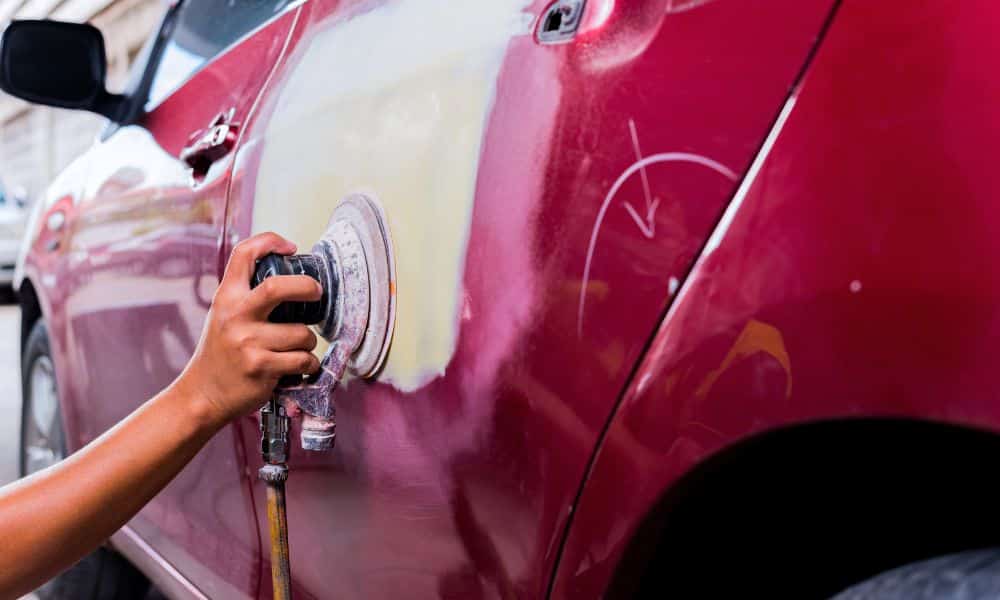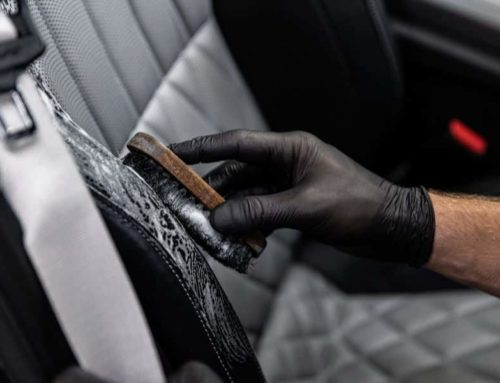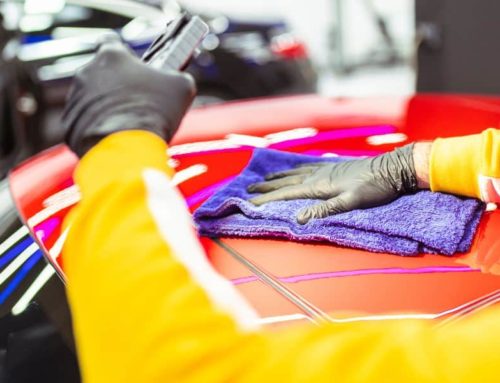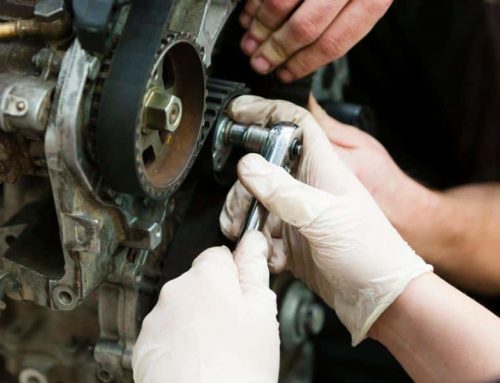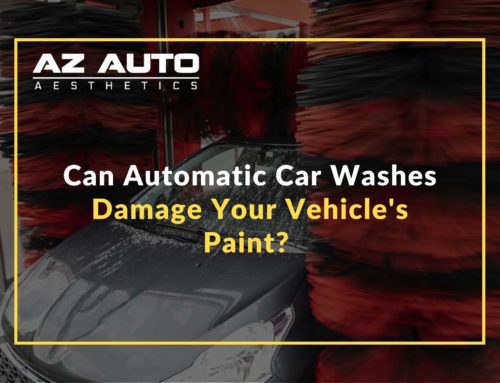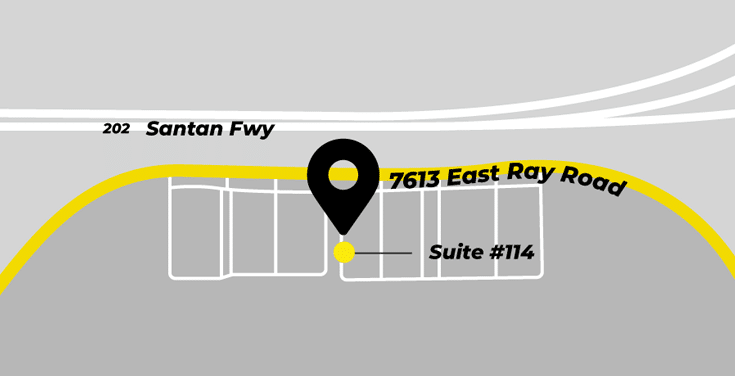If you own a luxury or sports car, you likely take pride in your vehicle’s appearance and performance. One way to maintain its envy-worthy look is to perform a car paint correction. This process removes imperfections, scratches, and swirls in your car’s paintwork to restore its pristine, factory-finished look.
However, it’s best to leave an automotive paint correction to the professionals. Either way, knowing the details of the methods in this process is a good idea. This is why we’re here to explore the different techniques used in car paint correction. Knowing this information will help you determine which method is right for your needs.
Buffing and Polishing
Buffing and polishing are common techniques in paint correction that use abrasive compounds and polishing pads to remove surface imperfections. These methods can effectively eliminate light-to-moderate scratches and swirls, resulting in a smoother, high-gloss finish.
- Buffing: This technique uses an abrasive compound applied to a rotary or orbital buffer to remove a thin layer of the clear coat or paint. The buffer’s movement scatters the compound over the surface, leveling the paint and diminishing imperfections.
- Polishing: The act of polishing involves using a less abrasive compound with a dual-action polisher or a polishing pad. Polishing refines the finish, restoring the gloss and clarity to your car’s paintwork.
Wet Sanding
Wet sanding is a more aggressive technique in car paint correction for deeper scratches and severe paint defects. It involves using fine-grit wet dry sandpaper lubricated with water to remove a paint or clear coat layer.
- Caution: Wet sanding is generally the last resort for paint correction, as it removes more paint material than other techniques. Only experienced professionals should perform it to prevent irreversible damage.
Clay Bar Treatment
The clay bar treatment effectively removes bonded contaminants, such as tar, tree sap, and industrial fallout, from your car’s surface. These contaminants can cause roughness and prevent your paint from displaying a glossy, smooth finish.
- Process: A malleable, synthetic resin makes up clay bars, allowing them to grab contaminants when gently rubbed on your car’s surface. Before using a clay bar, thoroughly wash your vehicle and apply a lubricant to the area receiving the treatment. Glide the clay bar over the lubricated surface, removing contaminants while minimizing the risk of any marring.
Paint Sealing and Coating
After the paint correction, protecting your investment with a paint sealant or coating is essential. Sealants and coatings act as hydrophobic barriers that resist dirt, contaminants, and the damaging effects of UV rays.
- Sealants: Paint sealants are synthetic products that bond to your car’s paintwork, providing durable protection that can last for months. They’re easy to apply and can withstand harsh weather conditions.
- Coatings: Ceramic or nano coatings offer a more advanced form of protection with more enduring results that can last many years. These coatings bond to your paint on a molecular level and boast exceptional hydrophobic and scratch-resistant properties.
Now that you’ve learned about the various techniques used in car paint correction, you can decide how to maintain the appearance of your luxury or sports car. With the help of a trained professional, you’ll be able to keep your vehicle looking its best for many years to come.

